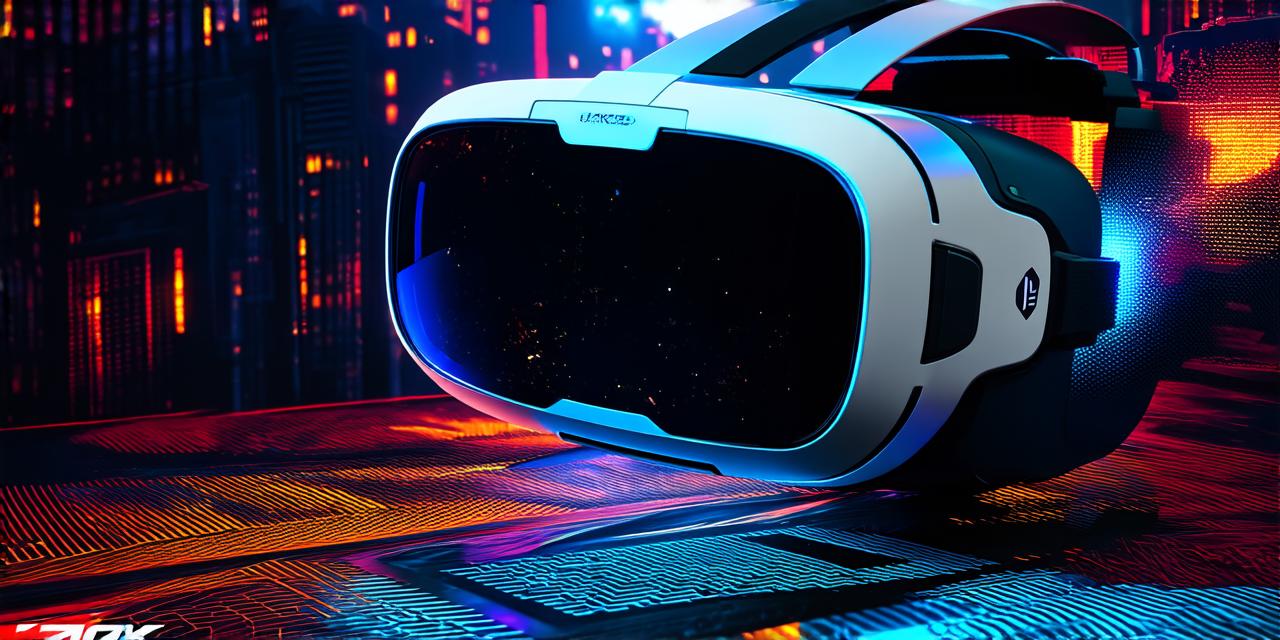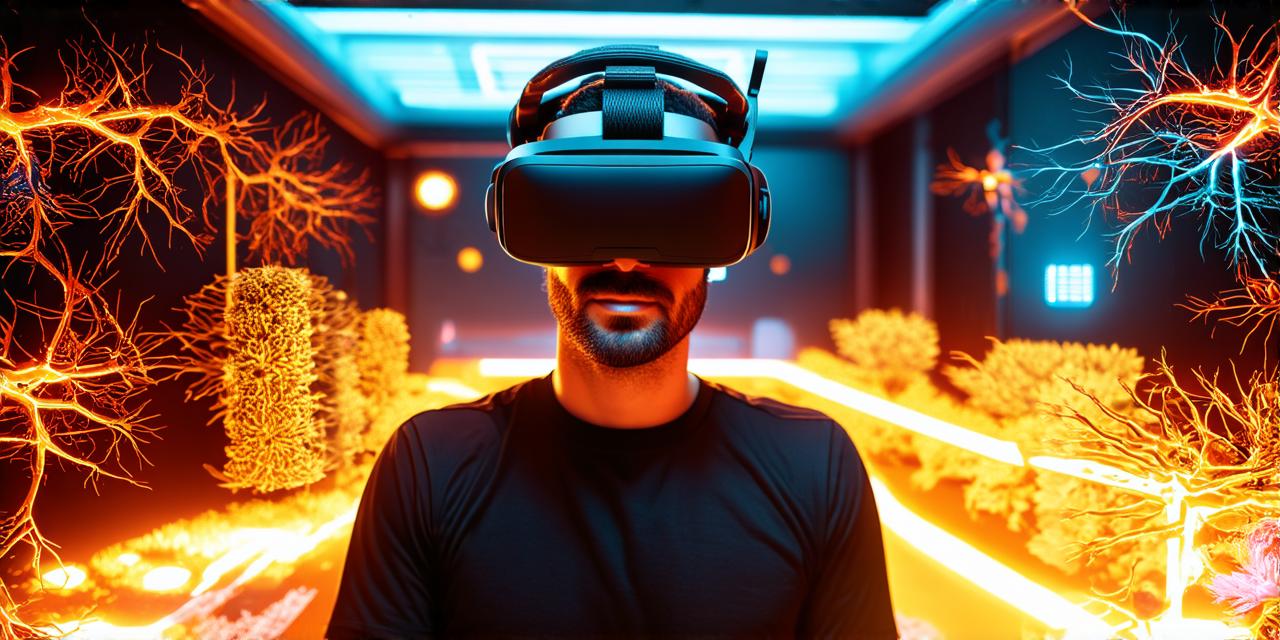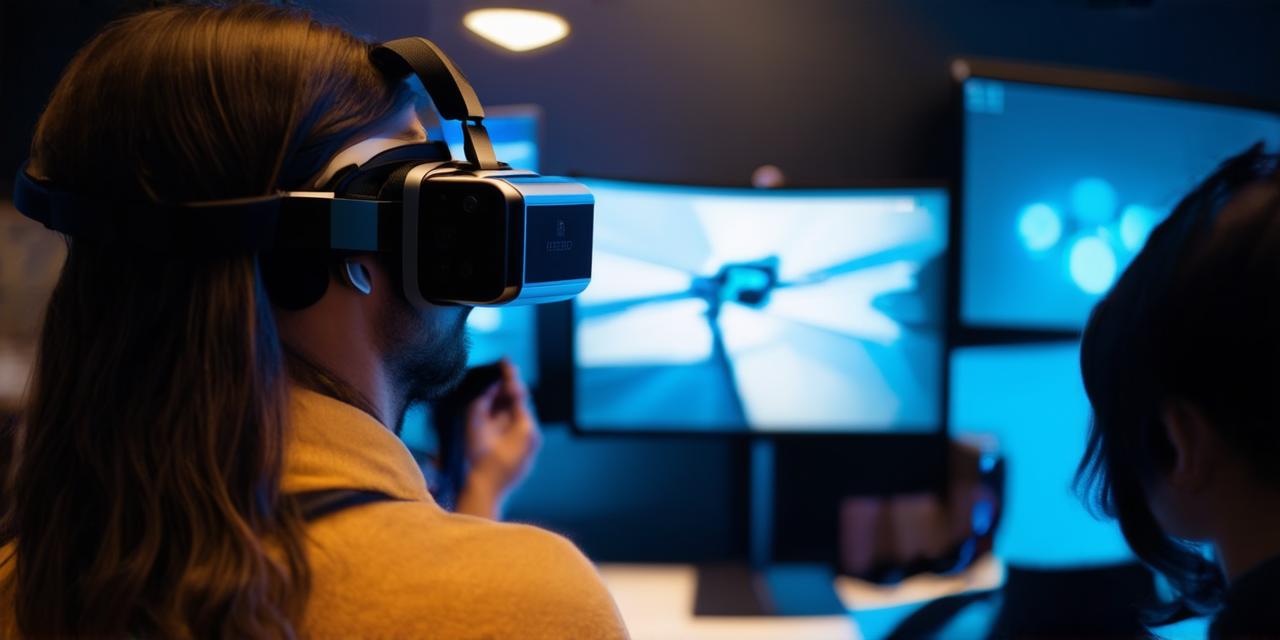
Virtual reality (VR) technology has come a long way, and it’s now accessible to people from all walks of life. Whether you’re a gamer, a designer, or simply looking for an immersive experience, mastering VR can be a fun and exciting challenge.
1. Choose Your Gear
Before you dive into the world of virtual reality, you’ll need the right equipment. The most important piece is a VR headset, such as the Oculus Quest 2 or the HTC Vive Pro Eye. You’ll also need a high-performance computer with a dedicated graphics card, as well as some sensors and controllers to track your movements.
2. Get Familiar With the Interface
Once you have your gear set up, it’s time to get familiar with the interface. Each VR headset has its own unique way of interacting with the virtual world, so take some time to learn the ins and outs of your specific setup. This will include things like adjusting the headset, selecting games or applications, and controlling your movements.
3. Practice Basic Movements
One of the most important aspects of VR is being able to move around in a natural way. Start by practicing basic movements, such as walking, running, and jumping. This will help you get comfortable with the sensation of being in a virtual world and help you develop good habits for more advanced movements.
4. Try Out Different Games and Applications
There are countless games and applications available for VR, so take some time to explore what’s out there. From first-person shooters to puzzle games to educational experiences, there’s something for everyone. Don’t be afraid to experiment with different genres and styles to find what you enjoy most.
5. Get Motion Sickness Under Control
Motion sickness is a common problem for people new to VR, but there are ways to reduce or eliminate the symptoms. One effective method is to adjust the settings on your headset to reduce the field of view, which can help prevent your brain from becoming disoriented. You can also try taking breaks and moving around in the real world to help reset your sense of balance.
6. Connect with Other Users
Virtual reality can be a lonely experience, especially if you’re new to it. Join online communities and forums to connect with other users and share tips and tricks. You may also find local VR groups or meetups where you can meet in person and try out games together.
7. Keep Practicing and Improving
Like any skill, mastering virtual reality takes practice and patience. Keep playing games and experimenting with new experiences to improve your skills and expand your knowledge of the technology. And don’t be afraid to ask for help or advice from more experienced users – they’re always happy to share their expertise.
In conclusion, mastering virtual reality can be a fun and rewarding experience. With the right gear, practice, and dedication, you can become an expert in no time.



